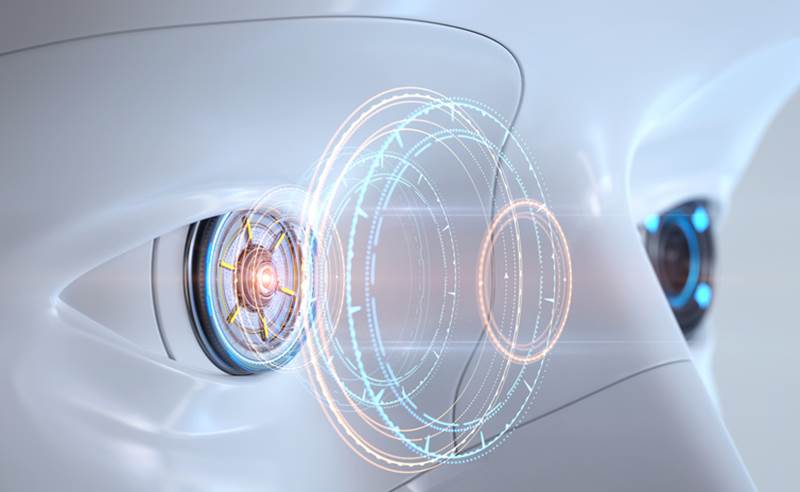How Artificial Intelligence (AI) use in Cybersecurity: Prevent Hacking in 2022

Identity and Access Management (IAM) is much more complex today than it was in the early days of the Internet.
For starters, we have a variety of account types: “User”, “Guest”, “Admin”, and “Service” accounts with associated passwords that require regular managed changes to protect different systems. Creating passwords has also become much more complicated: you need at least eight characters, one uppercase letter, one lowercase letter, one number, and special characters. Additionally, personal identification numbers (PINs), two-factor authentication (2FA), multi-factor authentication (MFA), biometrics, software and hardware tokens, card readers, proximity sensors and photo IDs are part of our personal access and identification profiles. . .
With all these tools to manage who has access to what data and under what circumstances, cyberattacks should be a thing of the past. Right? Not right.
Cybercriminals’ methods have evolved as cybersecurity standards have changed – and they now use artificial intelligence (AI) and machine learning (ML) to hack into your accounts.
Here’s how and what you can do about it:
How can AI jeopardize (compromise) cybersecurity?
Even the most sophisticated hacking tools require human intelligence to target potential victims. This is where the AI comes into play.
With the help of AI, cybercriminals can remain inactive and undetected on an organization’s network for long periods of time, creating backdoors into an organization’s critical infrastructure during that time. Once ready to launch an enterprise-wide attack, they can monitor meetings, extract data, distribute malware, create privileged accounts to access and/or access other systems, or install ransomware.
AI is a particularly effective tool for cybercriminals because it can learn and predict what is happening now and what might happen in the future.
Some of the main methods used by cybercriminals to hack corporate networks with AI are:
- Creation of deepfake data.
- Build better malware.
- surprise attack.
- AI-assisted password guessing and captcha cracking.
- Generative Adversary Network (GAN)
- Human identity on social media platforms.
- Arming AI frameworks to hack vulnerable hosts.
- Deep performance.
- ML compatible penetration test devices.
According to Malwarebytes, there has recently been an increase in cyberattacks where hackers use AI and ML to hide behind an organization’s website or infrastructure. Therefore, to stay safe and stay in business, organizations need to fight fires and use AI and ML to keep their networks secure.
How AI can boost cybersecurity
According to Mimecast, the global AI cybersecurity technology market is expected to grow at a compound growth rate of 23.6% through 2027, when it is expected to reach $46.3 billion.
AI and ML-powered systems like Security Event Management (SEM), Security Information Management (SIM), and Security Information and Event Management (SIEM) enable security teams to detect quickly to threats and react quickly to incidents. When AI detects malicious activity on a specific IP address or device, it can automatically and instantly block access to user files.
Here are some of the top ways organizations are using AI to defend against cyberattacks:
- Detection of threats and anomalies.
- Identity analysis and fraud detection.
- Compliance and privacy risk management.
- Removal of bots.
- Research and classification of data.
- Detection of wound and attack simulation properties.
- Policy automation.
- Security system.
- behavioral analysis.
While AI can be a powerful tool to bolster cybersecurity initiatives, it does not replace traditional security approaches. In fact, it works best when used alongside traditional methods: combining AI with authentication, biometric technology, and/or MFA can improve an organization’s security. An example of this could be the implementation of password managers: they automate the creation, updating and advice on the strength of the chosen password.
Combining AI with strong, well-thought-out cybersecurity practices and security-by-design methodologies like Zero Trust is the best way to bolster your organization’s cybersecurity toolkit.
Conclusion
AI and ML are powerful tools and are changing the way businesses do everything, including network security management. Therefore, security and risk management professionals need to understand the evolving situation and best practices in order to leverage them to improve the IAM architecture.
Also read: Top 10 artificial Intelligence solution
Pingback: Best Python Libraries which everyone should know in 2022